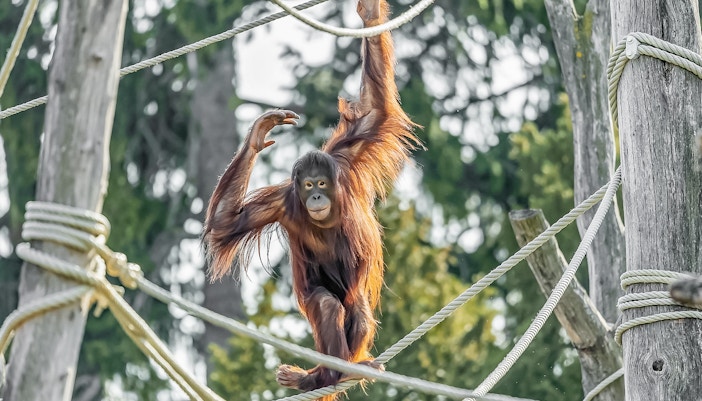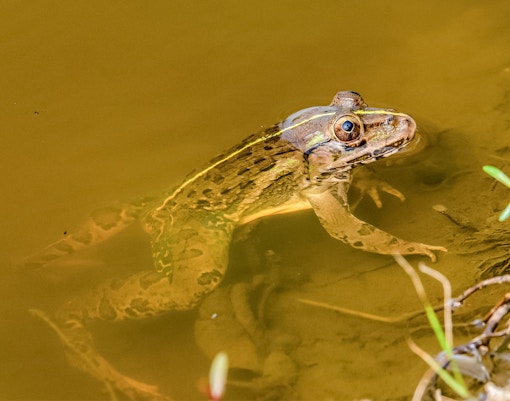Houses: Giant pandas
Geographical origins: Eastern China
- The Schonbrunn Zoo is home to a few adorable pairs of giant pandas. From climbing frames to shady spaces, the panda enclosure mimics the lush green mountains of China. It is the only zoo in the world where Yang Yang, a mother panda, raised her cubs without the help of zookeepers.




























